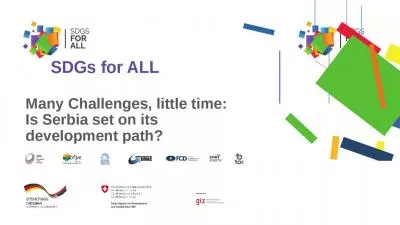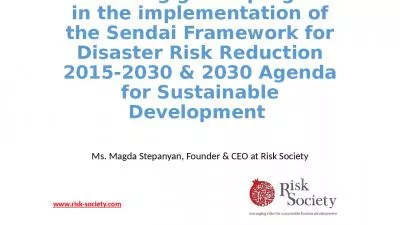PPT-T he 2030 Agenda
Author : alida-meadow | Published Date : 2017-04-11
The inclusion of persons with disabilities Introductory toolkit Introduction The International Disability Alliance IDA advances the human rights of persons
Presentation Embed Code
Download Presentation
Download Presentation The PPT/PDF document "T he 2030 Agenda" is the property of its rightful owner. Permission is granted to download and print the materials on this website for personal, non-commercial use only, and to display it on your personal computer provided you do not modify the materials and that you retain all copyright notices contained in the materials. By downloading content from our website, you accept the terms of this agreement.
T he 2030 Agenda: Transcript
Download Rules Of Document
"T he 2030 Agenda"The content belongs to its owner. You may download and print it for personal use, without modification, and keep all copyright notices. By downloading, you agree to these terms.
Related Documents

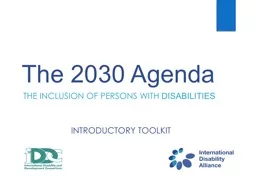
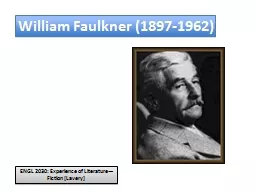
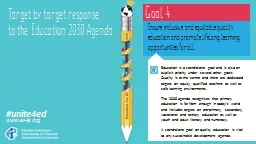
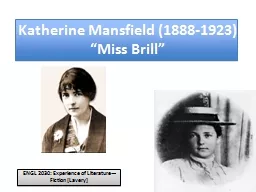
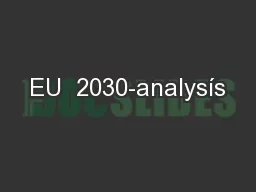
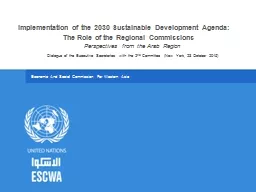
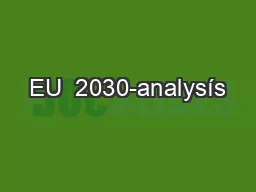
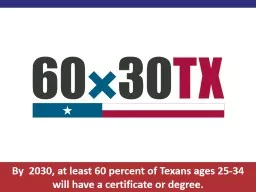
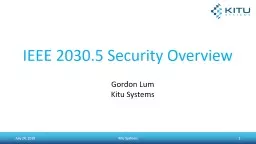

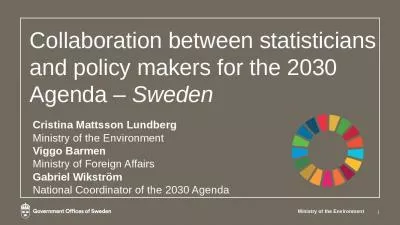
![Figure 3: Renewables shares 2017-2030 [%]. The renewables shares is calculated as defined](https://thumbs.docslides.com/1063125/figure-3-renewables-shares-2017-2030-the-renewables-shares-is-calculated-as-defined-in-the-re-directive-eurostat-2018.jpg)
